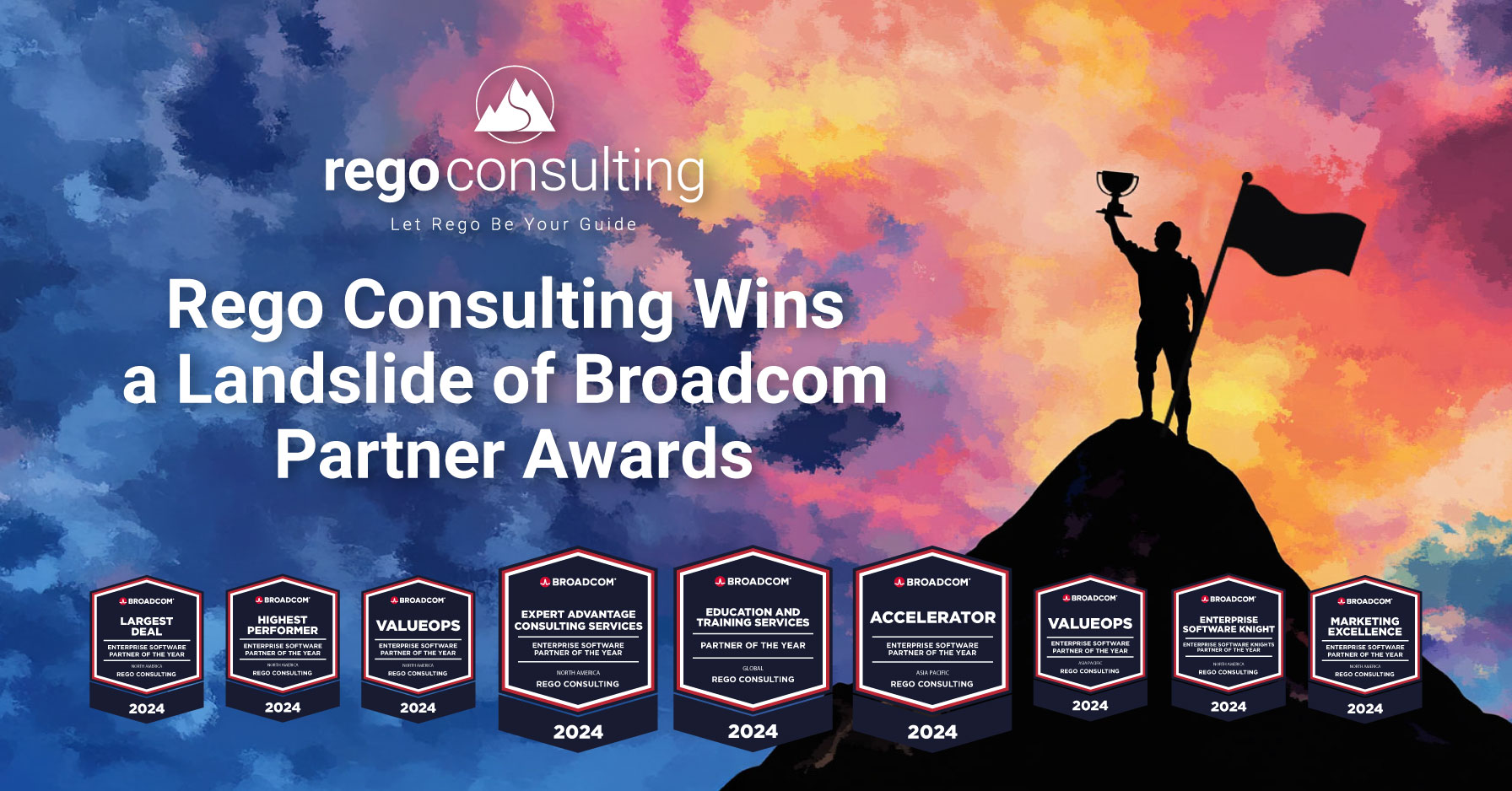When we talk about portfolios, we get a lot of questions. What are portfolios? Why should we use portfolios? When should we use portfolios? Read on to learn five reasons to use Portfolio Management in Clarity PPM.
1 | Decide the Fate of Projects
Portfolio Management can help organizations determine which Projects, Programs, and other work items should be continued, should be started, or should be stopped. Maybe there’s Projects you need to postpone because you don’t have enough money or there’s not enough resources to cover the resource demand.
2 | Determine Financial and Resource Capacity
Portfolio Management in Clarity PPM helps derive Financial and Resource Capacity, based on primary roles, so you can see within the Portfolio space how much you’re spending against a set of investments, how much you intend to spend, and what your variance might be between target-spending and planned-spending.
The same goes for Resource Capacity. So you can tell a Portfolio how much Resource Demand you’re planning to use to finish the work, and your Resource Capacity will tell you if there are actually enough people to do that.
3 | Analyze Risks, Issues, and Alignment
The Out-of-the-Box (OOTB) portlet components in Clarity PPM—like Risk, Issues, and Alignment of the Business—are things you can see inside of a Portfolio, and you’re able to evaluate those items in different areas to prioritize your Portfolios.
4 | Scope, Plan, Limit, and Distribute Funds
In Portfolio Management you look at Scope and combine the latest market conditions with income assessments. You can distribute funds and see how those funds are distributed across Projects. And by evaluating Portfolio income against investment objectives and constraints, you can use the incoming data to plan the future of your organization.
5 | Enable Detailed Inventory and Analysis of Projects and Views
Portfolio Management inside of Clarity PPM creates an inventory of your investments. You’ll use portlet and data views for visible access into all of your organization’s activities. This lends itself to Portfolio Analysis, a defined process that gives you oversight and control, so the company can avoid disaster and waste—and make sure investments return value.
In a nutshell, Portfolio Management is a way for you to manage a set of investments in CA PPM, and it gives you the capability to use that set of investments to make decisions about when to run a Project, keep it going, move it out, and change the Resource Demand.
In other words, all those things that are important as you look at the stress of Financials and Resource Capacity across your organization.
Join our mailing list below.










